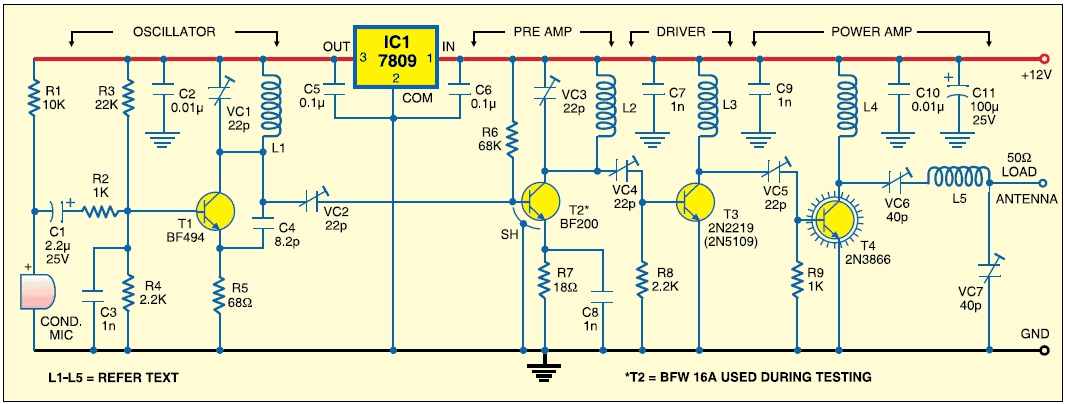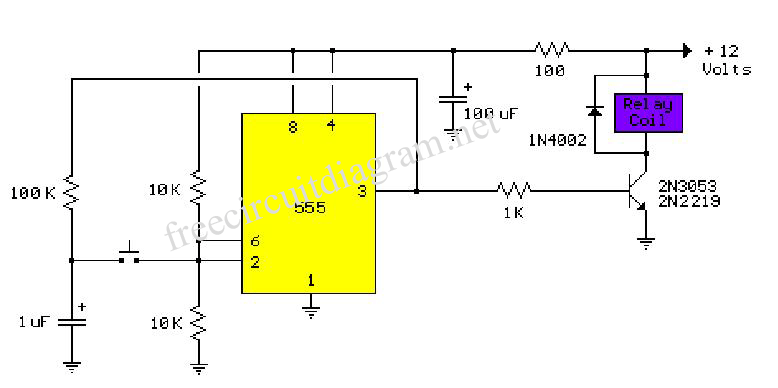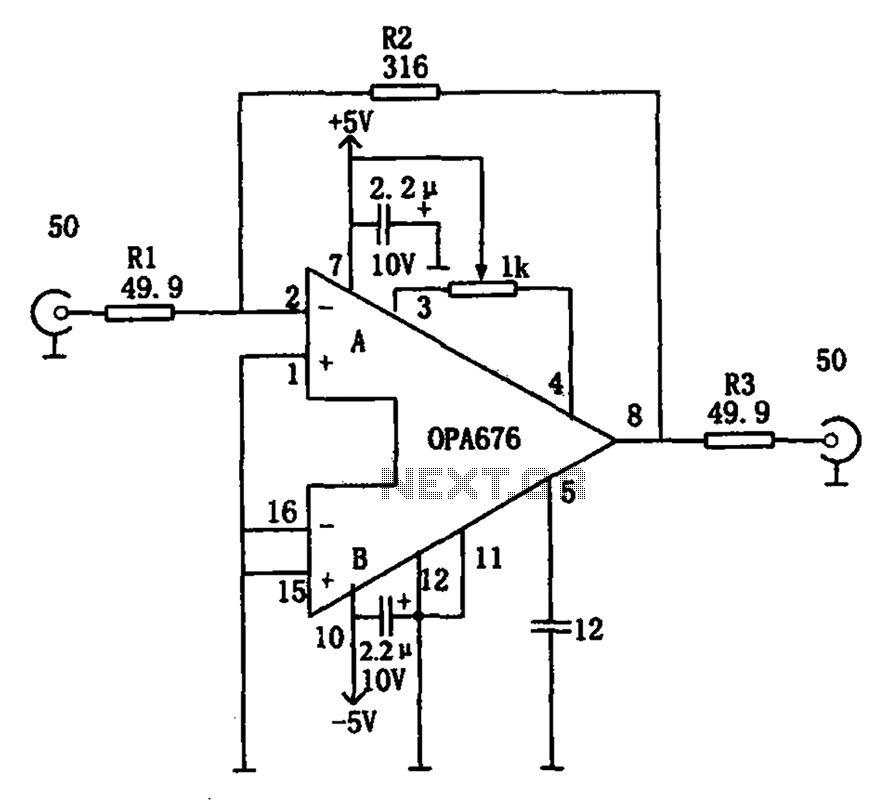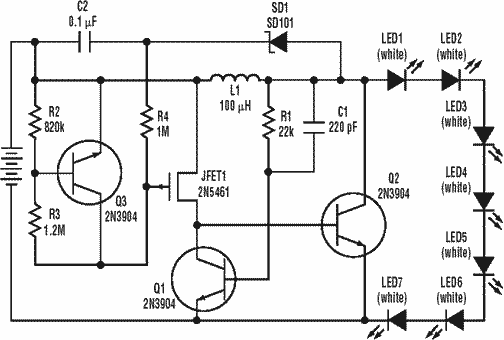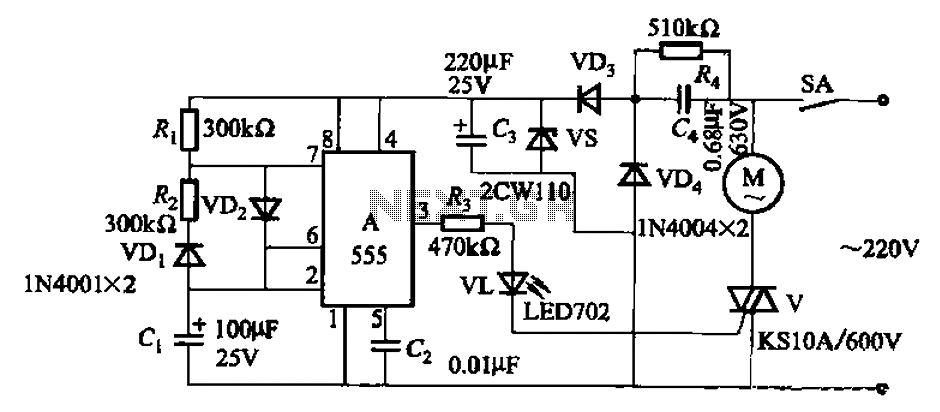
Interfacing ADC to 8051. Circuit for interfacing ADC 0804 to AT89S51 microcontroller
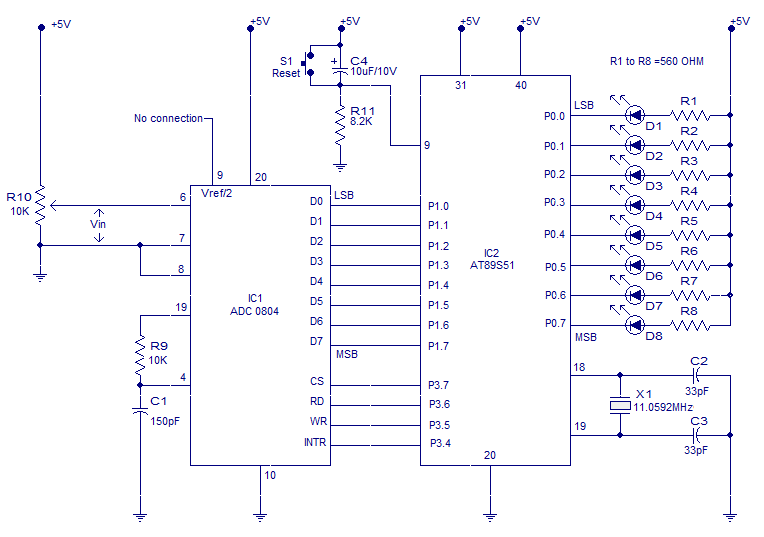
Interfacing ADC to 8051 microcontroller. ADC0804 is interfaced to microcontroller AT89S51. Complete circuit, theory and program in assembly language.
The interfacing of an Analog-to-Digital Converter (ADC) with a microcontroller is a critical aspect of embedded systems design, particularly when analog signals need to be digitized for processing. In this case, the ADC0804 is interfaced with the AT89S51 microcontroller. The ADC0804 is an 8-bit ADC capable of converting an analog voltage ranging from 0V to 5V into a digital signal, which can then be processed by the AT89S51.
The circuit consists of the following main components: the ADC0804, the AT89S51 microcontroller, and supporting components such as resistors, capacitors, and power supply connections. The ADC0804 operates in a single supply mode, requiring a power supply voltage typically between 5V. The microcontroller AT89S51 is an 8-bit device with a 40-pin configuration, featuring 32 I/O pins, which can be utilized for interfacing with the ADC.
The connection between the ADC0804 and the AT89S51 is established through the data bus and control signals. The ADC0804 provides the digital output on its data pins (D0-D7), which are connected to the microcontroller's port pins. The microcontroller reads the digital output from the ADC by triggering the ADC's 'Start Conversion' signal and waiting for the 'End of Conversion' signal to ensure that the data is ready to be read.
In terms of programming, the assembly language code for the AT89S51 is structured to handle the initialization of the ADC, the triggering of the conversion process, and the reading of the converted digital value. The program typically includes instructions for setting up the necessary control signals, as well as routines for data handling and processing.
This interfacing project not only demonstrates the practical application of ADCs in microcontroller-based systems but also provides insight into the integration of hardware and software components to achieve desired functionality. The complete schematic, along with the theoretical background and assembly language program, serves as a comprehensive guide for implementing this interfacing solution.Interfacing ADC to 8051 microcontroller. ADC0804 is interfaced to microcontroller AT89S51. Complete circuit, theory and program in assembly language.. 🔗 External reference
The interfacing of an Analog-to-Digital Converter (ADC) with a microcontroller is a critical aspect of embedded systems design, particularly when analog signals need to be digitized for processing. In this case, the ADC0804 is interfaced with the AT89S51 microcontroller. The ADC0804 is an 8-bit ADC capable of converting an analog voltage ranging from 0V to 5V into a digital signal, which can then be processed by the AT89S51.
The circuit consists of the following main components: the ADC0804, the AT89S51 microcontroller, and supporting components such as resistors, capacitors, and power supply connections. The ADC0804 operates in a single supply mode, requiring a power supply voltage typically between 5V. The microcontroller AT89S51 is an 8-bit device with a 40-pin configuration, featuring 32 I/O pins, which can be utilized for interfacing with the ADC.
The connection between the ADC0804 and the AT89S51 is established through the data bus and control signals. The ADC0804 provides the digital output on its data pins (D0-D7), which are connected to the microcontroller's port pins. The microcontroller reads the digital output from the ADC by triggering the ADC's 'Start Conversion' signal and waiting for the 'End of Conversion' signal to ensure that the data is ready to be read.
In terms of programming, the assembly language code for the AT89S51 is structured to handle the initialization of the ADC, the triggering of the conversion process, and the reading of the converted digital value. The program typically includes instructions for setting up the necessary control signals, as well as routines for data handling and processing.
This interfacing project not only demonstrates the practical application of ADCs in microcontroller-based systems but also provides insight into the integration of hardware and software components to achieve desired functionality. The complete schematic, along with the theoretical background and assembly language program, serves as a comprehensive guide for implementing this interfacing solution.Interfacing ADC to 8051 microcontroller. ADC0804 is interfaced to microcontroller AT89S51. Complete circuit, theory and program in assembly language.. 🔗 External reference
